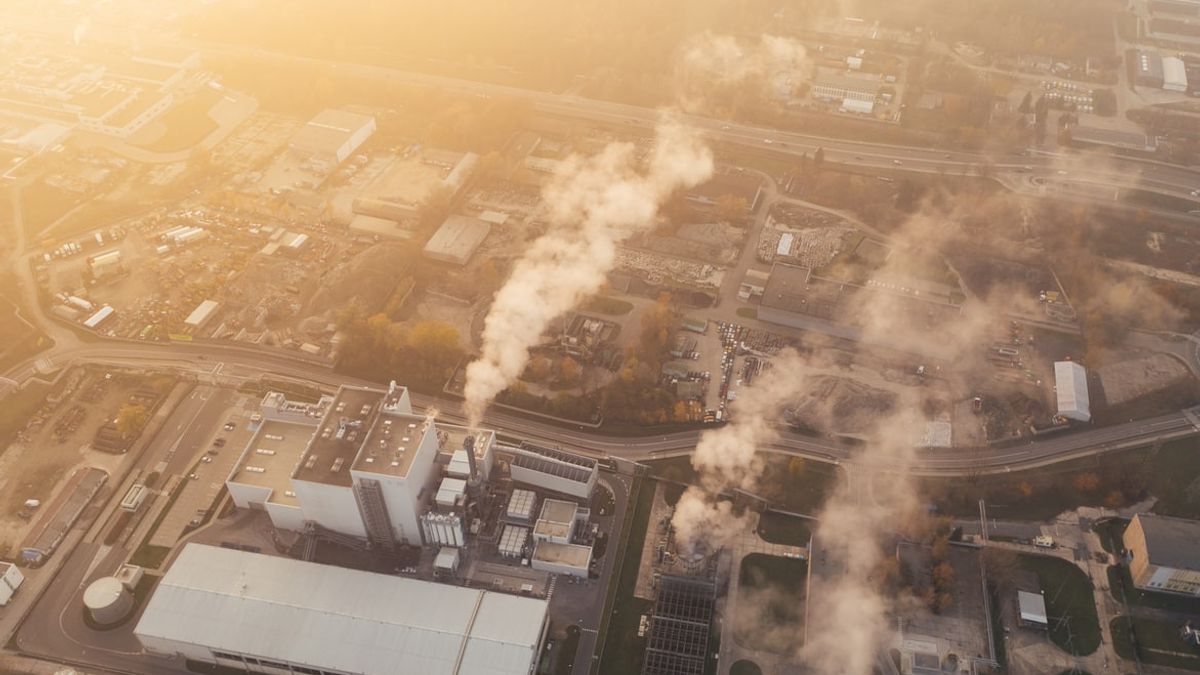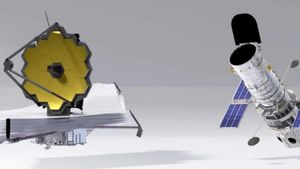JAKARTA - Seeing that climate change is becoming increasingly alarming, a company engaged in-game graphics processing, Nvidia plans to expand its Omniverse by creating a digital twin of Earth or Earth 2.
The Omniverse, which is similar to Metaverse (Facebook), was launched as an open beta in December 2020. The Omniverse offers designers a 3D virtual world where users around the world can collaborate on various software applications. Since December 2020, more than 70,000 individual creators have downloaded the Omniverse, consisting of more than 700 companies
Nvidia CEO Jensen Huang said he would build a digital twin to simulate and predict climate change. He describes Earth 2 as a tool for understanding how to reduce the impact of climate change.
“This new supercomputer will be Earth 2, Earth's digital twin, running Modulus-made AI physics at a million times the speed of the Omniverse. "All the technology we've found to date is needed to make Earth 2. I can't imagine a bigger and more important news story," Huang said.
Compiled from Venturebeat, Wednesday, November 10, Nvidia's goal is a big challenge that ultimately feeds not only scientific computing but also the company's ambition to turn into a full-fledged computing company.
Although he spends a lot of time talking about the Omniverse, Huang wants to make it clear that it's not meant to be a mere digital playground. But it's also a place to model improvements in the real world.
“The Omniverse is different from a game engine. The Omniverse was built to be data center scale and hopefully, eventually, planet scale,” Huang said.
Meanwhile, Earth 2 is meant to be the next step beyond Cambridge-1, Nvidia's $100 million supercomputer launched in June and made available to healthcare researchers in the UK.
SEE ALSO:
Nvidia didn't specify how Earth 2 will be architecture, but Huang said modeling Earth's climate would be sufficient to make accurate predictions of the next 10 to 30 years.
“Climate simulations are much more difficult than weather simulations, which mostly model atmospheric physics, and the accuracy of the models can be validated every few days. Long-term climate predictions must model the physics of Earth's atmosphere, oceans, waters, ice, land, and human activities and all their interactions," Huang said.
Furthermore, Huang said, a simulation resolution of one to ten meters is needed to incorporate effects such as low atmospheric clouds reflecting solar radiation back into space.
Nvidia is addressing this issue using the new Modulus framework to develop physics machine learning models. Progress is urgently needed, given how rapidly Earth's climate is changing, for example with droughts caused by evaporation and drinking water reservoirs having dropped by as much as 150 feet.
"To develop mitigation and adaptation strategies is arguably one of the biggest challenges facing society today. The combination of accelerated computing, ML physics, and giant computer systems can give us leaps and bounds millions of times and give us opportunities," Huang said.
The English, Chinese, Japanese, Arabic, and French versions are automatically generated by the AI. So there may still be inaccuracies in translating, please always see Indonesian as our main language. (system supported by DigitalSiber.id)


















